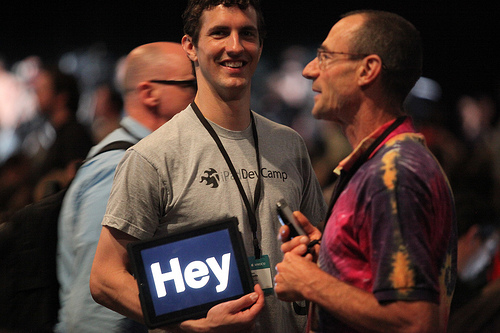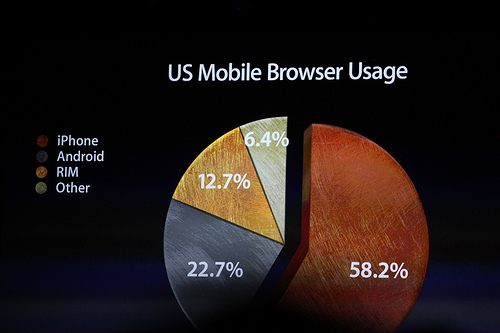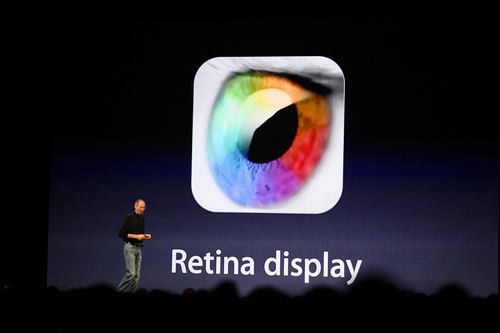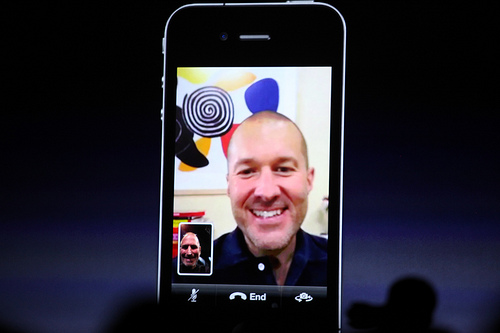He runs really, really fast. He can live without sleep. And his first memory of a computer comes from playing Zork in the 4th grade. He's our Senior Partner, Co-Founder and valiant leader of client services. Meet Chris Selmer in this week's Intridea Insider.
Chris graduated from college with a degree in Mathematics, but not before considering several different majors, including Exercise Science, Chemistry and Physics. Although his first job during (and after) college was writing PHP for a web design studio in DC, he wasn't formally trained in web development. "I minored in CS, but everything I learned for the web was self-taught."
Chris discovered the world of Ruby while he was at an Intro to Ajax class, offered by the Pragmatic Studio. "A lot of people were talking about how Ruby had great ajax shortcuts built in." His interest was piqued and shortly thereafter he began using Ruby on Rails professionally; "I started doing some Ruby on Rails work and some ColdFusion development for the Academic Technologies department at George Washington University. Our department was in charge of classroom technology and researching innovative new ways to use technology in the classrooms."
His position at GWU was able to benefit the Ruby community in DC; when he met Dave Naffis, (also a co-founder and Senior Partner at Intridea), Dave was looking for a place to host the DCRUG. Chris was able to find him a space at GWU and he has been helping to organize the DCRUG event ever since, with help from fellow Intridean, Joe Grossberg.
Intridea was in its infancy at the time Chris came on board in 2007. He spent the majority of his time programming in Ruby on Rails for clients, but at the same time he was working hard to bring in some big, new projects. It wasn't long before he found himself running the services wing of the company. In 2007 Intridea was a start-up company of only eight employees. We've since grown to nearly 50 employees in three years, and Chris played a pivotal role in that growth by acquiring and managing a lot of projects from awesome clients.
Chris is known as the "Intridean that never sleeps". He makes time to nap and eat when he must, but he's a work-force to be reckoned with. "I tend to do my most productive work from around 11pm - 2am, just because there are fewer distractions that demand my attention. So I'll often sleep 2-5 hours at night and then have a couple of 20-minutes naps during the day." Most of us marvel at how he can be so productive on so little sleep, but Chris's Mom (and fellow Intridean), Kathleen Selmer, reveals that he never slept much as a child either; "He was always too busy to sleep. In high school, he ran cross country and indoor/outdoor track, and was captain of the teams from sophomore-senior years. He won several state championships. He was also involved in a few school plays." She also raves about how intelligent Chris is; " Chris was always an avid reader from the time he started to read. I would say he found school unchallenging. He got good grades, but didn't have to work too hard for them. He relied on a great recall of information."
Chris was born at home in Green Meadows, Maryland with the assistance of a midwife and is the oldest of four children. He spent a good portion of his youth playing with his brothers and sister on their 6 acres of land in Pennsylvania. "About half of our land was wooded, so we spent lots of time making tree forts and running around wild." Chris now lives in Takoma Park, MD. He prefers to work in his basement office, where his Mac Pro lives.
Before I sat down with Chris for this interview, several fellow Intrideans wanted me to ask Chris whether he misses coding now that he's in a management role and a Senior Partner; "I miss getting in the zone and having hours pass by just writing code." Even though Chris isn't doing much coding anymore these days, he enjoys being able to kickstart meaningful projects, like Tradui and Oil Reporter. Plus, he likes solving client problems; "Solving problems was one of the things I really liked about coding, but it's just done on a different scale now."
Chris has a side dream of one day being able to buy old houses and fix them up for a living. He got a chance to do one a few years ago and looks forward to doing it again some day. But until that days comes, we need him here at Intridea, as our unwavering, super-human battle-hardened leader of client services.
 Apple, Inc., loves to be a game-changer, and the
Apple, Inc., loves to be a game-changer, and the 











 Google's newly acquired AdMob has beaten Apple's iAd to market with an SDK that allows iPhone OS mobile apps developers to specifically target the iPad. AdMob's iPad SDK was released on Jun 2nd, whereas iAd SDK is not expected to be announced until Monday's WWDC 2010 keynote address by Steve Jobs.
Google's newly acquired AdMob has beaten Apple's iAd to market with an SDK that allows iPhone OS mobile apps developers to specifically target the iPad. AdMob's iPad SDK was released on Jun 2nd, whereas iAd SDK is not expected to be announced until Monday's WWDC 2010 keynote address by Steve Jobs.